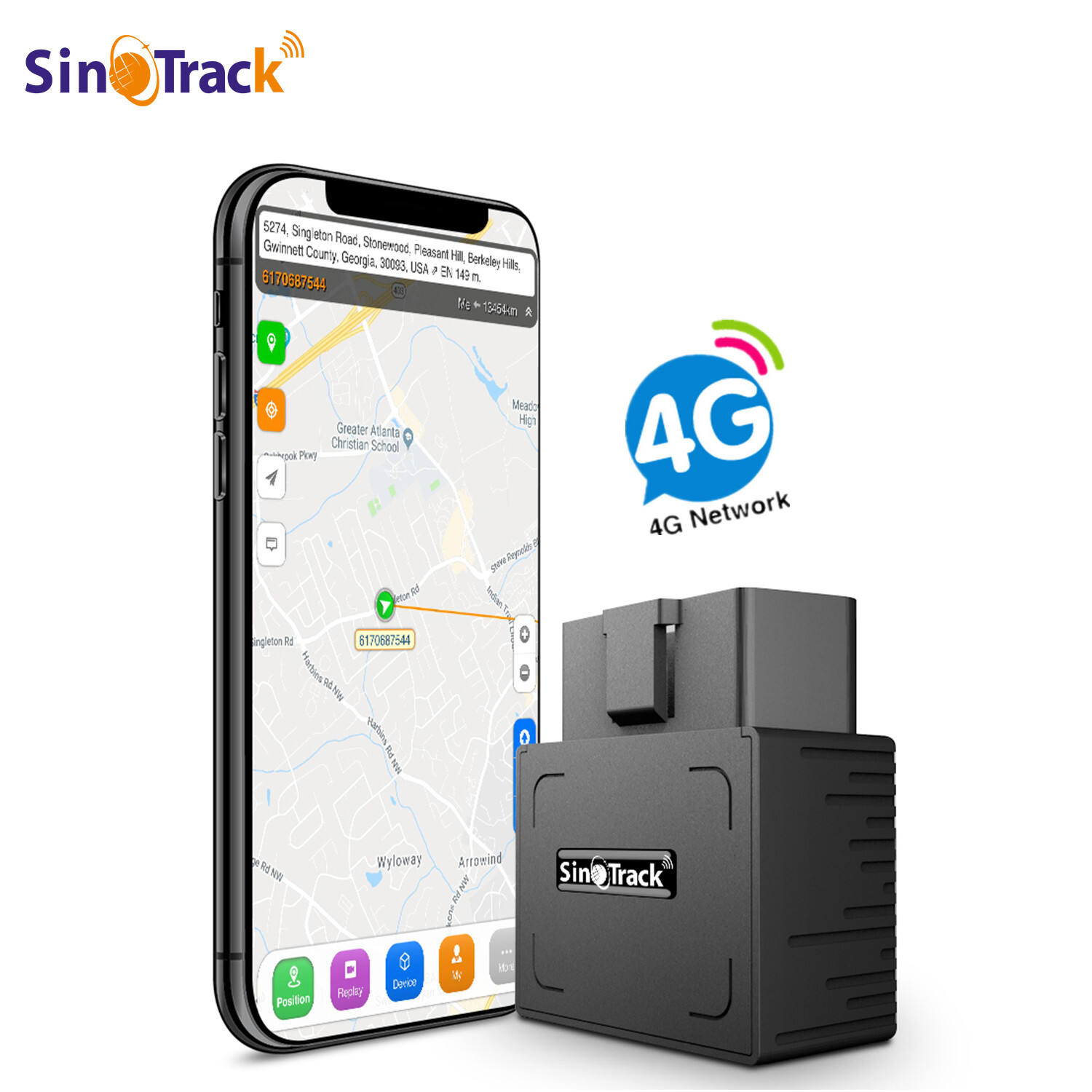How GPS Trackers Are Used in Wildlife Conservation
GPS trackers have revolutionized wildlife conservation, providing researchers and conservationists with unprecedented insights into animal behavior, movements, and habitats. These small, portable devices use global positioning system (GPS) technology to record and transmit data about an animal’s location, allowing experts to monitor species without constant human observation. From tracking migration patterns to protecting endangered animals from threats like poaching or habitat loss, GPS trackers play a critical role in safeguarding wildlife around the world. This guide explores how GPS trackers are used in wildlife conservation, their key applications, and the benefits they bring to protecting species and ecosystems.
What Are GPS Trackers in Wildlife Conservation?
GPS trackers for wildlife are compact, durable devices attached to animals to collect location data. They use satellites to determine the animal’s exact position, which is then stored or transmitted to researchers via radio signals, cellular networks, or satellite links. These trackers are designed to be lightweight (to avoid burdening the animal) and weather-resistant (to withstand harsh environments like deserts, forests, or oceans).
Unlike older tracking methods—such as radio collars that require researchers to follow animals in person—GPS trackers provide continuous, precise data over long periods. This allows conservationists to gather detailed information about an animal’s habits, range, and interactions with its environment, even in remote areas.
Key Uses of GPS Trackers in Wildlife Conservation
Mapping Migration Patterns
One of the most important uses of GPS trackers is studying animal migration—the seasonal movement of animals from one habitat to another. Many species, including birds, whales, elephants, and monarch butterflies, migrate long distances to find food, breed, or escape harsh weather. GPS trackers help researchers:
- Track Routes: By recording daily locations, trackers map the exact paths animals take during migration. For example, GPS data from sea turtles has revealed how they navigate thousands of kilometers from nesting beaches to feeding grounds in the ocean.
- Identify Stopover Sites: Migratory animals often pause at specific locations to rest or feed. Trackers pinpoint these stopover sites, which are critical for survival. Protecting these areas ensures animals have the resources they need to complete their journey.
- Understand Changes Over Time: Long-term tracking shows how migration patterns shift due to climate change or human activity. For instance, GPS data from Arctic birds has revealed earlier migration starts as temperatures rise, helping conservationists adapt protection strategies.
By understanding migration, conservationists can advocate for protected corridors and habitats that ensure safe travel for these species.
Studying Habitat Use and Range
GPS trackers provide detailed data about where animals live, feed, and breed, helping identify key habitats that need protection. This is especially important for endangered species with shrinking habitats.
- Home Range Mapping: Trackers record all the areas an animal uses regularly, defining its “home range.” For example, GPS collars on lions have mapped their territories, showing which areas are critical for hunting and raising cubs. This information helps design wildlife reserves that cover these essential zones.
- Resource Location: By analyzing location data, researchers can link animal movements to food sources, waterholes, or nesting sites. For desert species like giraffes, GPS trackers reveal how they find scattered water sources during dry seasons, guiding efforts to protect these vital resources.
- Habitat Fragmentation Impact: Trackers show how human activities—like roads, farms, or cities—split habitats into smaller pieces. For example, GPS data from bears has highlighted how highways block their movement, leading to efforts to build wildlife crossings that reconnect fragmented habitats.
Protecting these key habitats ensures animals have access to the resources they need to survive and reproduce.

Monitoring Behavior and Social Dynamics
GPS trackers, often combined with other sensors (like accelerometers), provide insights into animal behavior, including feeding, mating, and social interactions.
- Activity Patterns: Trackers record when animals are active (e.g., daytime vs. nighttime) and how much time they spend moving, resting, or feeding. This helps understand their daily routines and energy needs. For example, GPS data from pandas has shown how they spend most of their day eating bamboo, emphasizing the need to protect bamboo forests.
- Social Groups: For species that live in groups—like elephants or wolves—trackers on multiple individuals show how they interact. GPS collars on elephant herds have revealed how they communicate and coordinate movements, helping conservationists protect entire groups rather than single animals.
- Breeding Behavior: Trackers can pinpoint when and where animals breed or nest. For sea birds, GPS data has identified remote nesting colonies, allowing conservationists to restrict human access during breeding seasons to avoid disturbing chicks.
Understanding behavior helps tailor conservation efforts to support natural habits and social structures.
Combating Poaching and Illegal Activity
GPS trackers are powerful tools for protecting endangered species from poaching, which remains a major threat to animals like rhinos, elephants, and tigers.
- Real-Time Monitoring: Some trackers send location data in real time, allowing rangers to monitor animals remotely. If a tracked animal suddenly stops moving (a sign of poaching) or enters a high-risk area, rangers can respond quickly to investigate.
- Anti-Poaching Patrols: GPS data identifies areas where poaching is most likely, helping rangers focus patrols on these hotspots. For example, GPS collars on rhinos have shown they frequent certain trails, leading to increased patrols in those areas, reducing poaching incidents.
- Evidence Collection: Tracker data can provide evidence of illegal activity, such as animals being moved outside protected areas. This helps law enforcement prosecute poachers and dismantle illegal wildlife trade networks.
By deterring poaching and enabling rapid response, GPS trackers save lives and protect vulnerable species.
Assessing Human-Wildlife Conflict
As human populations grow, animals and people increasingly compete for space, leading to conflicts (e.g., crops damaged by elephants, livestock killed by predators). GPS trackers help reduce these conflicts by predicting when and where animals might enter human areas.
- Early Warning Systems: Trackers on animals like elephants send alerts when they approach villages or farms. Local communities can then take action—like using noise deterrents or moving livestock—to avoid conflict. This protects both animals and people.
- Pattern Identification: GPS data shows when animals are most likely to enter human areas (e.g., during dry seasons when food is scarce). For example, trackers on baboons have revealed they raid crops more often in droughts, leading to community projects to plant alternative food sources for the baboons away from farms.
- Mitigation Planning: By mapping conflict zones, conservationists can design solutions like electric fences, buffer zones, or wildlife corridors that keep animals away from human settlements. GPS data from bears has guided the placement of fences around villages, reducing dangerous encounters.
Reducing human-wildlife conflict makes conservation more sustainable and builds support for protecting wildlife among local communities.
Supporting Species Recovery Programs
For endangered species, GPS trackers are vital for monitoring recovery efforts, such as reintroducing animals into the wild.
- Post-Release Monitoring: When captive-bred animals (like black rhinos or red wolves) are released, GPS trackers monitor their adaptation. Researchers check if they find food, avoid threats, and interact with wild populations. If issues arise (e.g., animals straying into risky areas), adjustments can be made to support their survival.
- Population Growth Tracking: Trackers on female animals can reveal breeding success, such as when they give birth and how many offspring survive. For example, GPS data from sea otters has shown increasing pup survival rates in protected areas, indicating successful recovery.
- Genetic Diversity: By tracking movements of reintroduced animals, researchers ensure they mix with wild populations, preventing inbreeding and maintaining healthy genetic diversity.
This data ensures recovery programs are effective and helps endangered species rebuild their populations.
FAQ
Are GPS trackers harmful to animals?
No, when properly designed. Modern GPS trackers are lightweight (usually less than 5% of the animal’s body weight) and attached using safe methods (like collars for mammals, backpacks for birds, or tags glued to sea turtles). They do not harm the animal’s movement or behavior.
How long do GPS trackers last on animals?
Battery life varies by device and animal. Small trackers for birds may last a few months, while larger collars for elephants or lions can last 1–3 years. Some trackers have solar panels to extend battery life, allowing long-term monitoring.
Can GPS trackers work in remote areas with no cell service?
Yes. Trackers in remote areas use satellite networks (like Argos or Iridium) to transmit data, which works even in the middle of oceans, deserts, or dense forests.
Do GPS trackers collect other data besides location?
Many do. They may include sensors to measure temperature, activity levels, or even heart rate. This combined data provides a fuller picture of an animal’s health and environment.
How is GPS tracker data used to protect wildlife?
Data is analyzed to identify key habitats, migration routes, and threats. This information guides policy (e.g., creating protected areas), community programs (e.g., conflict prevention), and anti-poaching efforts, ensuring conservation actions are based on real evidence.

